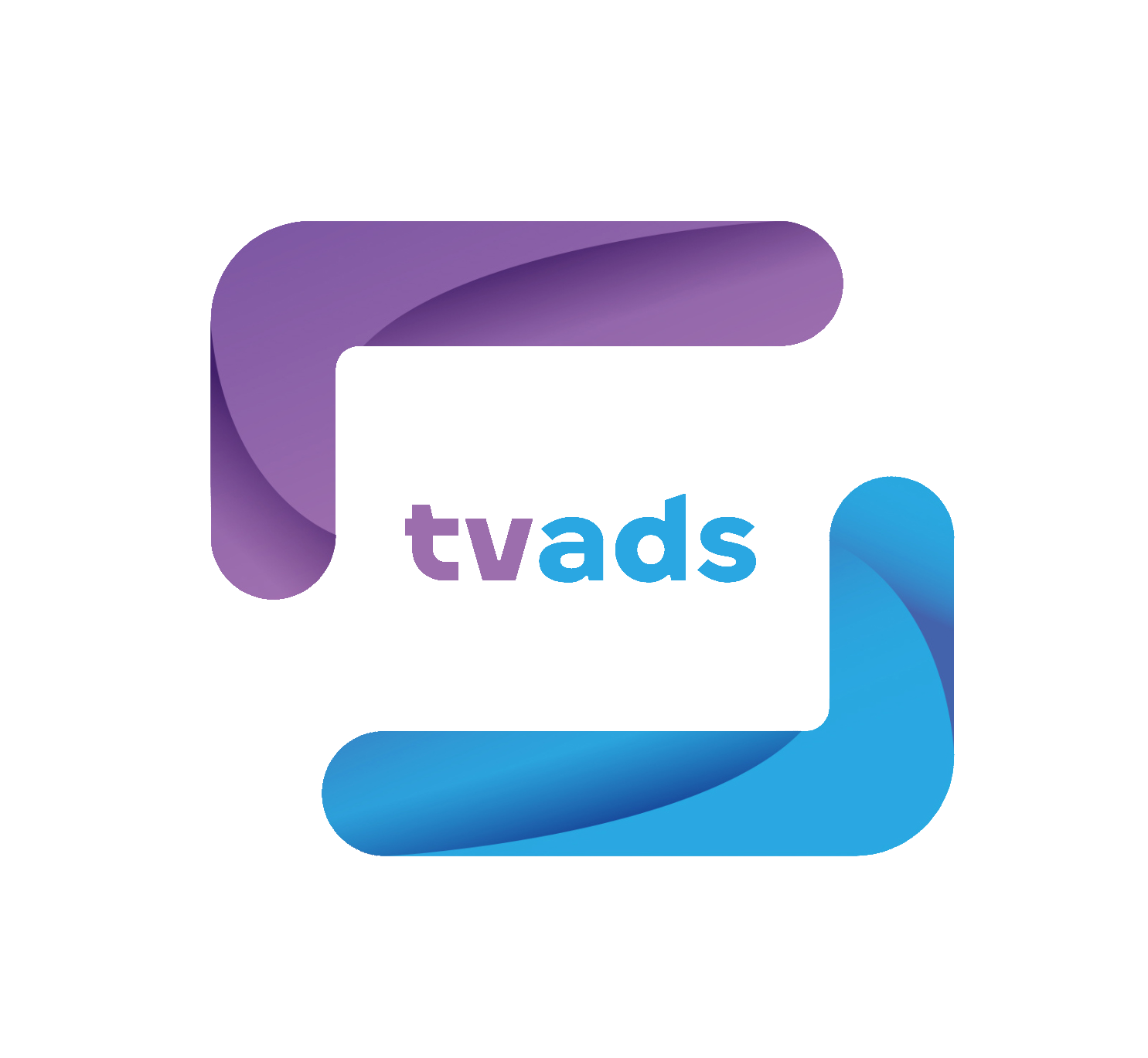

We are surrounded by content. We consume it, share it… and create it. Among the many formats and platforms, there's a concept that has transformed the way brands and people communicate: User Generated Content (UGC). In this article, we’ll define what UGC is, how it originated, how it has evolved, and why it has become a central piece of today’s digital audiovisual ecosystem.
UGC refers to any type of content — text, image, video, audio — created and published by everyday people, not by companies or media outlets. It is generated from the user’s own experience and perspective, and it can be about brands, products, ideas, or simply life itself. The key lies in the origin of the content: it doesn’t come from a brand strategy, but from a personal motivation — whether it’s to express, entertain, share opinions, or connect with others.
Although we now mostly associate UGC with social media, it has been around longer than it seems. Its earliest forms go back to the forums, blogs, and wikis of the 1990s and early 2000s, where entire communities began creating content collaboratively and without any corporate structure behind them.
Platforms like YouTube (launched in 2005) marked a turning point. For the first time, anyone with a camera and an internet connection could upload a video and reach a global audience. It was the beginning of a new era in which users were no longer just content consumers—they became media channels themselves.
Meanwhile, in China, platforms like Youku , and later Douyin (the Chinese version of TikTok), began shaping an ecosystem where content creation was directly integrated with commerce and mass entertainment.
Over time, some creators began to stand out. We're not talking about the traditional influencer who promotes products, but about creators with their own audiences, professional production setups, and unique value propositions.
Some examples:
These examples illustrate how UGC has evolved from homemade videos recorded in bedrooms to fully developed content production structures with teams, scriptwriters, editors, and global operations. And while many of these creators now have sponsors or monetize their content, the essence remains the same: content created by individuals, in their own voice, to entertain or deliver direct value to their audience.
What makes UGC so powerful is that it’s born to be shared. It doesn’t need a programming schedule or a prime-time slot. It lives on social media, forums, video platforms, or anywhere there’s an audience willing to listen. Users become their own distribution channels, sharing what they create with their communities, friends, or followers.
But this capacity for massive distribution is no accident. It is the direct result of something much deeper: the democratization of the internet. For decades, the power to tell stories, inform, or influence was held by a handful of media outlets. The internet broke down that barrier. It gave voice to millions of people and turned every user into a potential broadcaster with a global reach. UGC was born from this structural shift: no longer is an editorial team or a TV channel needed to communicate something that connects, moves, or even transforms.
And that’s where its strength lies: when user-generated content resonates, it gets shared, replicated, and transformed. It becomes conversation, a reference point, part of digital culture.
Because we live in an era where authenticity is currency. People seek stories, different perspectives, real connections over polished and uniform messages. User-generated content offers a more human, imperfect, and relatable view.
UGC works because it builds trust, closeness, and credibility. It allows access to stories told from direct experience. It connects us with realities that sometimes don’t appear in traditional media. And above all, it reminds us that everyone has something to share, that anyone can add value, move, or inspire through their own words, images, or stories.
One of the defining elements of UGC in its most evolved form is its ability to build community. Great content creators don’t just produce videos or posts; they build narrative and emotional universes where their followers feel they belong to something.
This sense of belonging is what creates the so-called "fan effect," an emotional connection so strong that users don’t just consume the content, but also:
This level of connection cannot be bought with paid media. It is built over time, through consistency, authenticity, and a recognizable narrative. That’s why when these creators recommend something or launch their own products, the impact is huge: the community doesn’t see it as a sale, but as an opportunity to support or participate in something they already feel ownership of.
For brands, this is a double-edged sword: it’s not enough to just "place a product"; they need to understand and respect the dynamics of these communities. If done well, the reach and credibility achieved are unparalleled. If done poorly, the rejection can be as massive as viral.
And this is where the key lies: in the community. A well-built community is the most valuable asset any creator can have. For years, the only real way for creators to monetize was through advertising: pre-roll ads on YouTube, banners, or occasional brand deals. But today, that model has completely transformed. Content is no longer monetized just by traffic, but by the bond created with a strong, active community.
When that connection exists, the possibilities for monetization multiply:
In this new context, the creator ceases to be just a content producer and becomes a brand in themselves, with multiple income streams that depend directly on the perceived value by their community.
At tvads we has a professional team able to advise you on this field and and guide you in any area of your streaming advertising business, advising you or even operating it on your behalf if necessary
All author posts